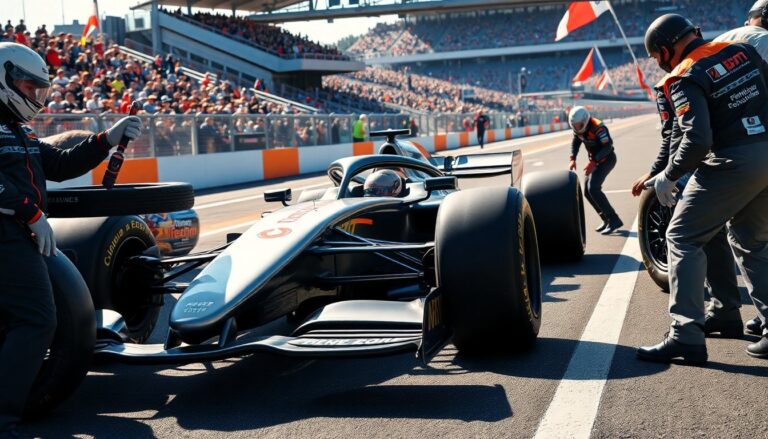Argomenti trattati
Formula 1, often abbreviated as F1, represents the pinnacle of motor racing, captivating millions of fans worldwide with its blend of speed, precision, and strategy. Established in 1950, this elite motorsport has evolved remarkably, adapting to technological advancements and shifting viewer expectations. Today, F1 is not only a race of speed but also a showcase of engineering prowess, with teams investing hundreds of millions in research and development.
The current era of Formula 1 features fierce competition among teams, cutting-edge technology, and a commitment to sustainability. This article explores the dynamics of F1, highlighting its evolution, key players, and the exciting innovations shaping its future.
The evolution of Formula 1 racing
Over the decades, F1 has undergone significant transformations, particularly in technology and regulations. The introduction of hybrid engines in 2014 marked a pivotal shift towards more environmentally friendly racing. These engines utilize a combination of traditional combustion and electric power, enhancing both performance and efficiency. As a result, teams have had to adapt their strategies, balancing speed with sustainability.
Technological advancements
The 2022 regulations introduced sweeping changes aimed at improving racing quality and competitiveness. These regulations focused on aerodynamics, allowing cars to follow each other more closely without losing downforce—a crucial factor in overtaking. Teams like Mercedes and Red Bull Racing have led the charge in innovation, pushing the boundaries of what is possible on the track. The rapid evolution of technology extends beyond the cars; it includes how teams analyze performance using data analytics and simulations.
Key players in modern F1
As F1 evolves, the players on the grid have become more dynamic and influential than ever. Drivers such as Lewis Hamilton and Max Verstappen have not only showcased extraordinary talent but have also become global icons. Their rivalries extend beyond the track, capturing the imagination of fans and influencing the sport’s narrative. The emergence of young talents, such as Lando Norris and Charles Leclerc, adds an exciting dimension to the competition, promising a thrilling future for the sport.
Team strategies and dynamics
Within the teams, the strategies employed during races have become increasingly sophisticated. The use of tire management, fuel consumption, and pit stop timing are critical components that can make or break a race. Teams analyze vast amounts of data in real-time to make split-second decisions that could determine their finishing positions. The role of the team principal has also evolved, with figures like Toto Wolff and Christian Horner acting as both leaders and strategists, navigating the complexities of modern racing.
The future of Formula 1
The future of F1 is not just about the races on track but also about the sport’s global appeal and sustainability initiatives. The introduction of the F1 Academy aims to promote diversity within motorsport, encouraging young talent from various backgrounds to pursue careers in racing. Furthermore, F1 has committed to achieving a net-zero carbon footprint by 2030, reflecting a broader trend towards sustainability in sports.
Looking ahead, the addition of new circuits and the growing popularity of F1 in regions such as the United States and Asia signifies a bright future for the sport. With plans for new races and the introduction of innovative formats, including sprint races, F1 continues to adapt to the ever-changing landscape of motorsport.
Formula 1 racing stands at an intriguing crossroads, where tradition meets innovation. The combination of cutting-edge technology, strategic racing, and the passion of fans worldwide ensures that F1 will remain an exhilarating spectacle for years to come. As teams and drivers continue to push the limits of performance, the sport will undoubtedly evolve, capturing the hearts of new generations of motorsport enthusiasts.

